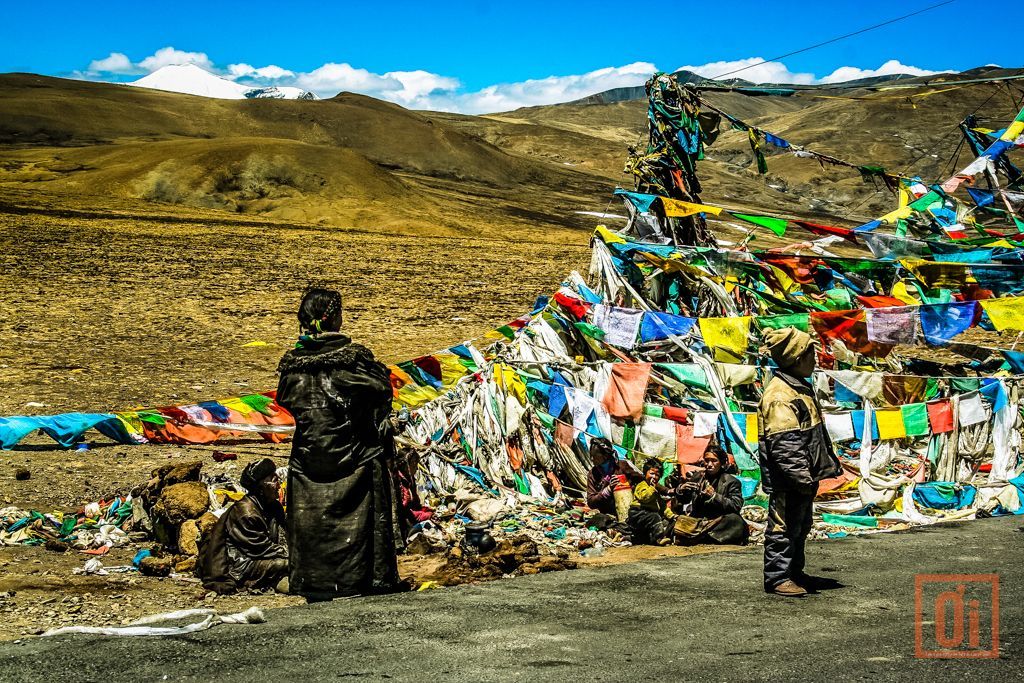 The word ‘Shangri -la ’ conjures up visions of a magical realm tucked away on some distant, exotic mountain, an idyllic place equally difficult to find as it is to leave.
The word ‘Shangri -la ’ conjures up visions of a magical realm tucked away on some distant, exotic mountain, an idyllic place equally difficult to find as it is to leave.
Shangri-la was first introduced to our imagination by James Hilton in his 1933 novel Lost Horizon, a story centered on a mythical monastery high in the Tibetan Himalayas whose residents lead astonishingly long lives. This fantasy of a lost paradise prompted some to search for the inspiration for Hilton’s Utopia. Sensing opportunity, a handful of towns adopted the moniker over the years in an effort to boost tourism, but only one place succeeded in getting the name to stick – a small town formerly known as Zhongdian in China’s southwestern Yunnan Province, nestled along the borders of Myanmar and Tibet. Local authorities, convinced of the legitimacy of their claim, officially changed the name to Shangrila (in Mandarin, sheeang-guh-lee-lah) in 2001, effectively fixing the tourist spotlight on their corner of the world.
Dubious marketing practices aside, the quaint little town may even deserve this name on its own merits. Situated in the Hengduan mountain range at an elevation of over 3,300 meters, Shangri-la’s environs feature rolling hills, broad meadows, and imposing snow-capped peaks. The spring air is crisp and cool, and the sky looms large in the high altitude. Many people take a day or so to acclimatize, as I did, which forced me to slow down and appreciate things I might have missed otherwise, like the dogs and cats prowling across rooftops and the fact that the ever-present children never seem to cry.
While the population has grown and the new town more and more resembles a standard-issue Chinese city, Shangri-la’s Old Town remains a jumble of twisting, narrow alleys paved with stones of granite that can be quite slippery in the intermittent rain and morning mist. Once a stop on China’s ancient Tea Horse Road, along which Chinese tea and Tibetan horses were traded centuries ago, the Old Town has retained its charm with wooden houses and inns still lining pedestrian-only streets. But this is no museum exhibition. The neighborhood feels lived in, with more locals than tourists going about their day.
Desperation for Preservation
Efforts to preserve the region’s traditional architecture and food have been embraced by residents, both Chinese and expats. A few historic buildings have been painstakingly restored and given new life as restaurants, shops and guesthouses. One such labor of love is Tara Gallery and Café, a restaurant cum-art gallery serving authentic local dishes prepared by a Tibetan chef in a former courtesan’s home.
Uttara, the expat owner, saved the old building from a planned demolition and restored the original wood beams and rammed-earth wall, then filled the eatery with classic regional décor and exquisite pieces of art. Asked why she worked so hard to preserve it, Uttara replied, “I just loved the structure and did not want to see it disappear.”
Shangri-la authorities didn’t understand Uttara’s vision at first, telling her it would be cheaper to tear the old building down and put up a brand new one. They didn’t see the value in saving what was to them just an “old dirt wall.” She recalls her struggle to even find laborers familiar with techniques on how to preserve such an old building, and who had high quality workmanship. Although she ultimately succeeded in her endeavor, the financial cost was high, taking her nearly eight years to acquire the funds for the job. Last year, Uttara purchased and restored another old inn, but said she is unable to afford any more projects of that kind. While she believes others are now more interested in preserving the town’s physical history, she speculates they may not have the means. A group of town administrators has taken up the cause and she hopes the entire street will one day be restored.
A few doors down from Uttara’s place, Arro Khampa: Damien and Ting’s Tibetan Bistro serves sophisticated, modern Tibetan cuisine in arguably one of the best restaurants in the neighborhood. The meticulously-tended space is warm and welcoming thanks to a roaring fireplace and the owners’ friendly service. Damien, a Frenchman, met “his gal” Ting in Paris where they lived the corporate life until a chance opportunity to take over a restaurant in southwestern China presented itself. That was two years ago and Damien said they are very happy with the decision, relishing the slower pace of the small town.
Other conservationists are focusing on the area’s rich artistic heritage. The Shangri-la Tibetan Thangka Painting Center employs traditional painting techniques and materials to create beautiful silk scrolls depicting scenes from Buddha’s life and other spiritual motifs. Master painters, including the father of the proprietor who showed us around the workshop, make the paint by hand using crushed minerals, pearls and even gold, which is reflected in the high retail price. We were told that private collectors and hotel decorators from around the globe have come to purchase these special works of art. For the more modest shopper, the Shangri-la Handicraft Development Center, run by the non-profit Yunnan Mountain Heritage Foundation, teaches locals to make handicrafts such as lacquerware, jewelry and woven yaks wool rugs. A large array of items is sold in the attached shop, with proceeds going back into the community.
The region surrounding Shangri-la is home to a large population of ethnic Tibetans and minority groups including Naxi, Yi, Bai, Hui and Lisu, and their colorful presence pervades the town. Women can be seen on the streets outfitted in bold colors, hand-woven patterns and elaborate head pieces. Many seem to schlep around everything from firewood to fresh produce in large wicker baskets strapped to their backs. Babies also get slung onto backs with embroidered carriers and scarves. The local men are decked out in cowboy hats, boots and oversized leather coats, and wouldn’t look out of place in Bolivia or Peru.
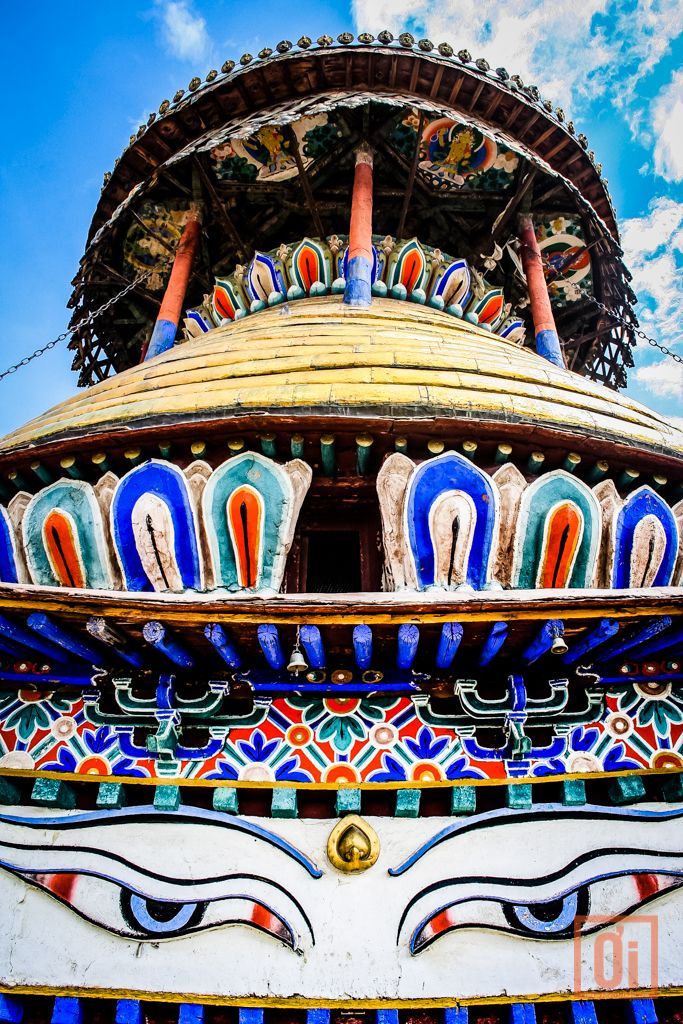
Solitary Confinement
The northern edge of the new town is crowned by the Sumtseling Monastery that bears a striking likeness to Tibet’s Potala Palace in the capital Lhasa. Founded in the 17th century by the fifth Dali Lama, Sumtseling is the most important Tibetan monastery in southwestern China and home to around 700 monks. Though damaged during China’s Cultural Revolution, one would almost never know it by the dazzling appearance of the main assembly hall. Buddha images as high as eight meters dwarf the cavernous space, which is hung with colorful prayer flags and seats up to 1,200 monks. Candles burning at the altar add warmth and fill the room with fragrant smoke. It was surreal to walk into such a vast room and find myself completely alone. In a country of 1.6 billion people, it’s a rare luxury. The entire monastery was strangely quiet, with just a few solitary travelers exploring the grounds alongside us and a smattering of locals walking here and there. A tour group showed up as we were leaving, but even this hardly left an impression in the wide expanses. On our way out past the deserted ticket counter, a Western couple asked if Sumtseling was worth the almost USD20 cost of admission; despite our raving review, they decided against it and wound up with us on the same bus back to town. A shame to have come so far…
At the southern end of Old Town, the 100 Chickens Temple (Baijisi) represents the more humble end of the temple spectrum, though it entrances in its own way. That is, assuming you can find the poorly marked path. We meandered down a few alleys until coming to a wide field with a dirt path through the center and a couple menacing-looking yaks on the ridge above. While contemplating our options a friendly old fellow happened by, pointing up the hill and telling us in Mandarin that the temple was hundreds of years old and “feichang tebie,” or very, very special. He also assured us that the horned beasts wouldn’t bother us and indeed we passed unmolested. The one-room shrine is tended by a lone man who presumably also cares for the dozens of chickens and pigs that roam freely all over the temple grounds. An absolute riot of colorful prayer flags covers nearly every surface and flows through the surrounding hills. The climb to the temple is steep, but the site affords sweeping views of the new city and soaring mountains, and the peaceful setting is a fair reward. Once again, we had this incredible place almost entirely to ourselves.
Despite its ethereal beauty, Shangri-la has a ways to go before reaching the utopia its name implies. Ongoing restoration and construction projects provide a sometimes less-than-tranquil soundtrack to the experience, and the occasional pile of dry cement or building supplies on an Old Town path can hinder the casual stroll. Higher traffic pedestrian streets have their share of tacky souvenir shops selling mass-produced trinkets, fake tiger pelts and the ubiquitous dried yak meat. Local ladies gather in the large public square to dance in the evenings to blaring Sino-pop music, a scene that can feel a bit contrived. But despite these minor quibbles, many of Shangri-la’s charms have withstood the inevitable drift towards modernity that has resulted from the increased attention and it remains a tranquil retreat.
Winters in the mountainous region can be harsh, and many businesses close from November 30 to April 1. Uttara, a long-time resident, entreats visitors to come in the summer when Shangri-la’s hills and meadows are full of rare and beautiful flowers turning the region into a true Utopia.
Bio: Putting aside a career in marketing, Heather Hall moved with her husband to Shanghai in 2011 and has been exploring East Asia ever since. She has discovered a particular fondness for the climate, cuisines, and friendly people of Southeast Asia and looks forward to spending more time exploring this fascinating region. Read more about her adventures at www.ferretingoutthefun.com.

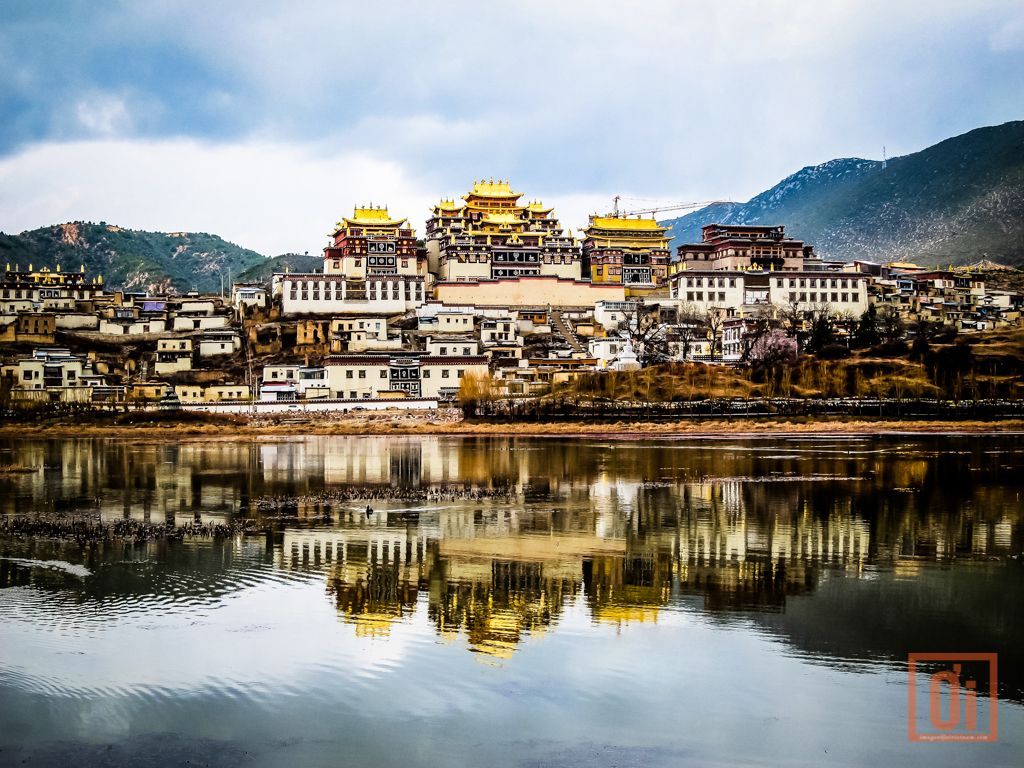
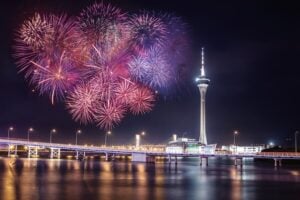


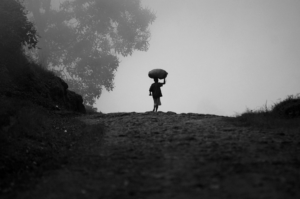

1 thought on “In la la land”
Love the article by Heather Hall. Brings the area into my home and makes me feel like I am with her on her travels.